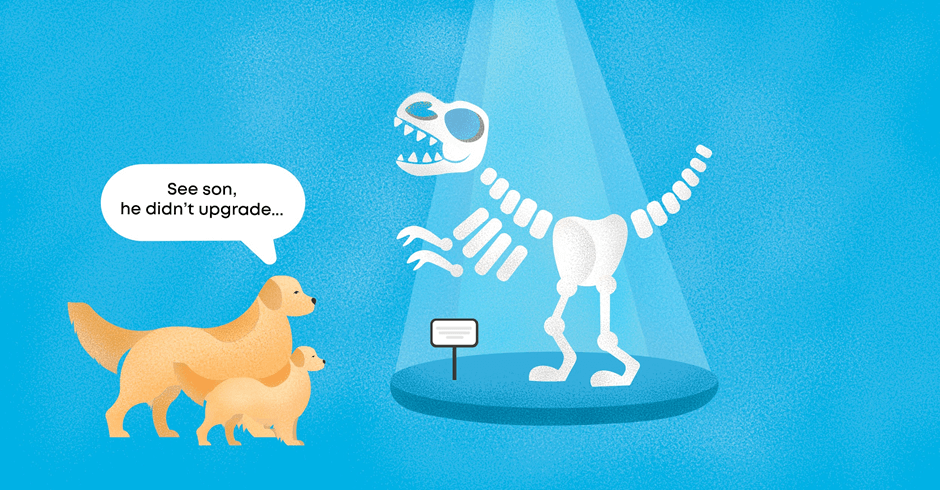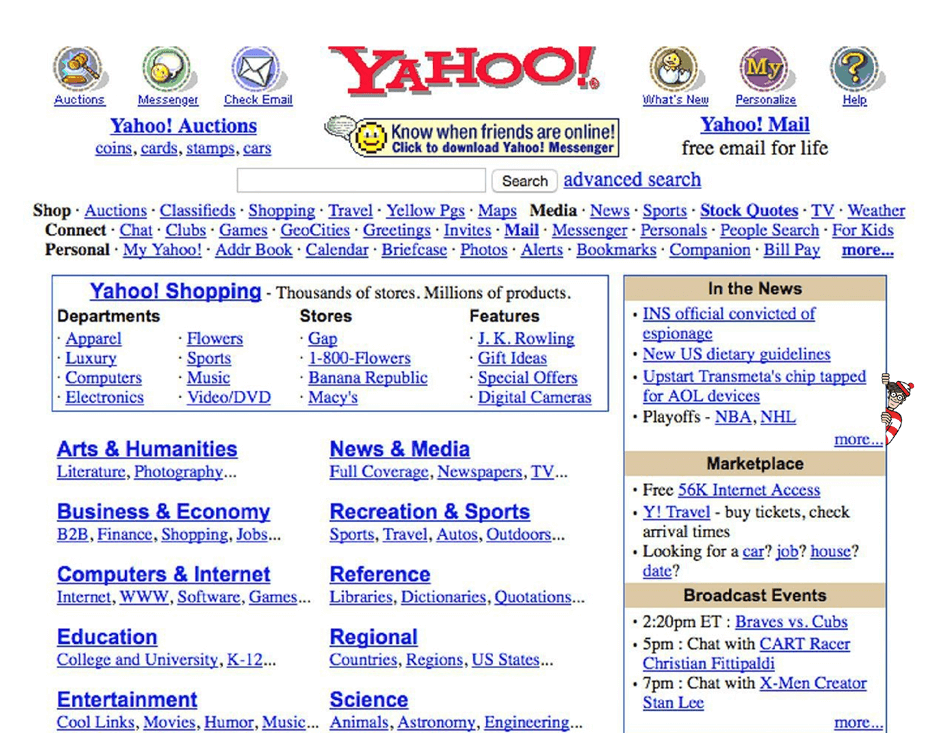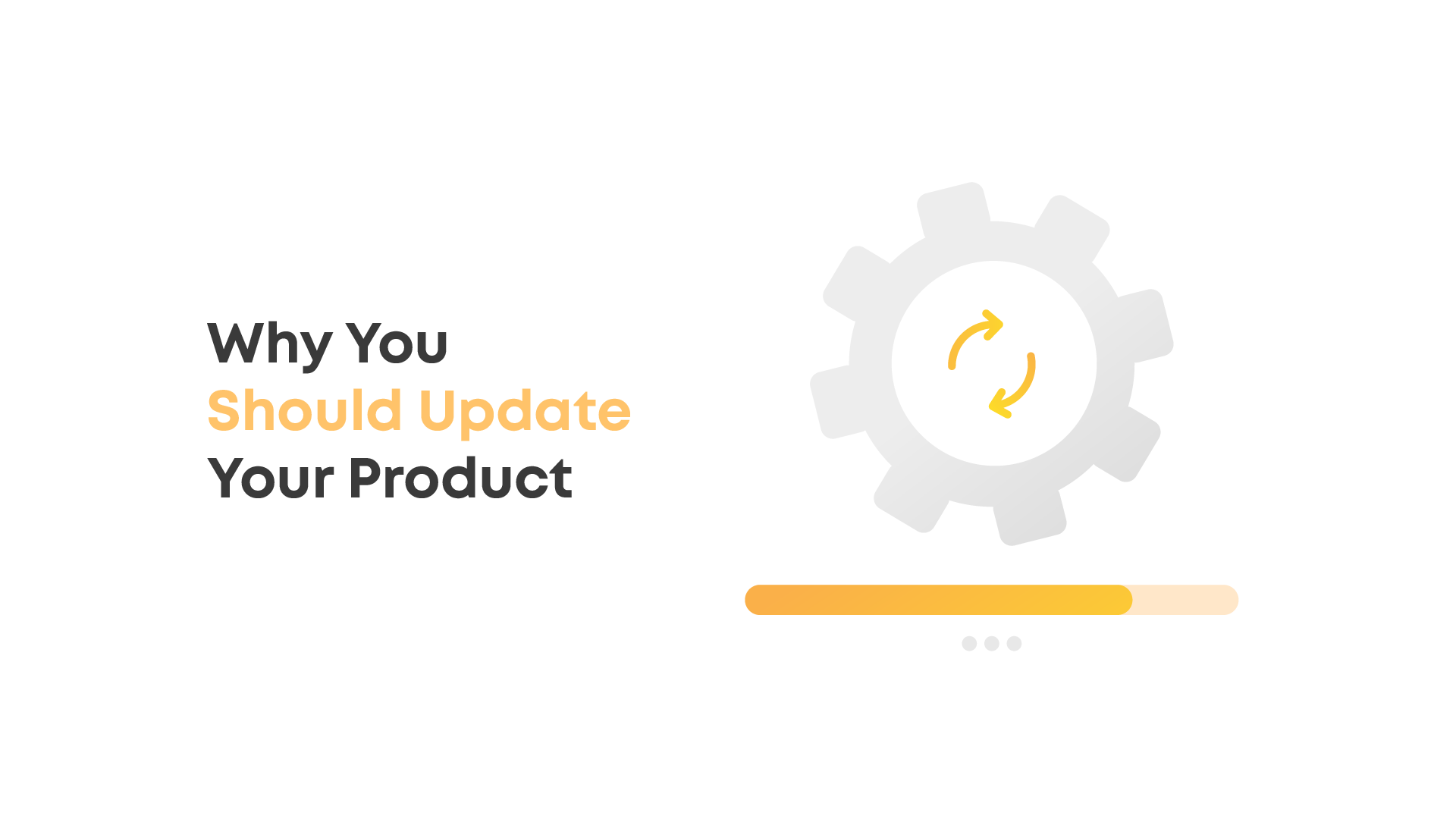There’s one important shift in thinking that every business owner needs to make when it comes to product development. The release is not a finish line. It’s just a pitstop during the race, and mind you, this race is never over.
Regular app maintenance keeps an app secure, reliable, functional, and competitive. Also don’t forget about the bugs that inevitably pop up. In this article, we’re going to explain in detail which factors typically make an app successful, and why they need continuous updates over their entire lifespan.
What is Mobile & Web App Maintenance?
In a nutshell, application maintenance is a process of updating software so that it remains secure, functional, competitive, and keeps its users happy over time. A typical maintenance service includes bug fixing, implementing minor application feature changes, and modifying the codebase for better app performance.
Types of Mobile App Maintenance
Some updates take place because you planned to release new features. Others happen out of a sudden under circumstances you could not control. Yet, these two scenarios fall within the app maintenance procedure. Which gives us the clue that there are a few types of maintenance mobile app:
- Emergency maintenance – for tackling unexpected issues that require urgent solutions;
- Preventive maintenance – for updating the code to prevent the likelihood of new bugs or errors;
- Perfective maintenance – for ensuring an unparalleled user experience by introducing new features or polishing the interface;
- Adaptive maintenance – for keeping up the app with new trends and technology advancement;
- Corrective maintenance – for eliminating bugs and errors that affect the app’s performance.
Importance of Maintaining and Updating Mobile Apps
“I’ve already made the app live! Isn’t it all yet?”
Here is why you may want to consider app maintenance as an indispensable part of the product life:
- Polish the technical facet of the app – so that the environment enables smooth app operation;
- Improve security – to use the latest updates that do not let malicious hacker attacks or other threats happen;
- Update the design – to stay appealing to the users by implementing the latest design trends;
- Keep up with business changes – as your business evolves, you need to reflect customer-critical modifications in the app as well;
- Satisfy your users – get ready to scale up and down on demand, consider demographics, and more, – all to make sure your app users get what they need.
- Maintain content relevancy – keep business, legal, and time-sensitive content up-to-date.

Best Practices for App Maintenance
As your app has different facets, this suggests a never ending field for improvement. Here is what you can polish in your app as you step into the maintenance path.
Honing Technical Aspects
Keeping up with technology is very much like running the Red Queen’s race (Lewis Carroll, anybody?). It takes all the running you can do to keep in the same place but you must run twice as fast to get somewhere else. Software is getting outdated, and not because it wears out but rather due to the technology around it, which is changing all the time.
- Code refactoring. – Restructuring your existing code to improve its internal structure without changing its external behavior is called code refactoring. Its goal is to discover vulnerabilities before they become visible – to update the code before it gets outdated. Code refactoring is used to increase the system’s maintainability and improve its performance, security, scalability, and generally benefit your business.
- Architecture optimization. – Software architecture is basically a set of patterns and techniques that must be followed to build a fully structured application. A product’s architecture varies by industry and according to every business’s unique values and needs. Since best practices constantly shift for every industry, and individual business needs constantly change, so too should an app’s architecture.
- Infrastructure maintenance. – Regular certificate and server updates are important for the infrastructure supporting an app. First, SSL certificates are always issued for a predefined period of time. When the certificate expires and your site loses its data transfer protection, which you definitely want to avoid. Second, new server versions handle and fix security breaches in old versions, so you need these upgrades at least because you want to stay safe. Next, the new versions enhance performance. Finally, new systems offer more opportunities for predictive diagnostics, which allow you to foresee potential incompatibility issues and avoid subsequent systems errors or downtime.
- Tech stack upgrade. – Numerous technologies are typically used in your application, varying from programming languages and 3rd party libraries to plugins and more. Each of them releases new features, gets optimized, upgraded, and improved, just like your own product! To have them work for your product, you’ve got to update the technologies you use. This will also ensure smooth communication between your app and your tech stack tools.
- API adjustments and upgrades. – Similarly to libraries, some API endpoints become deprecated or outdated, and if you don’t monitor the APIs that your app uses, it can lead to serious errors with data not flowing correctly.
- Database design optimization. – If the DB querying load is not handled properly, the application can get laggy at best, or crash entirely during high load periods. So, yeah, database design optimization is a must.
Enhancing Security
As technology evolves, so do the ways of breaking into it. Each year hackers come up with new ways of penetrating older systems. A product that was considered secure by most industry standards 10 years ago could be hacked in no time today. By equipping your app with the latest updates, you ensure its security and give yourself peace of mind.
Polishing Design
Just like with style in the fashion world, the appearance of your digital product matters. Modern software designs lose their charm and appeal faster than ever. An app built by the most recent design standards of its time becomes outdated in a couple of years (or even faster!). Take this website as an example. Its design used to be “hot” back in the days, but would you like your site to look like this today?
Exercise #1: Can you find Waldo?
New apps that follow the latest design guidelines or even innovate and invent their own UX and UI are released all the time. As a result of this evolution, average user behaviors change, which may become a real problem for a rapidly growing business. If your app is outdated, your new customers might get confused when using your product, especially if you start targeting new demographics.
Powering Your Business
To keep your business afloat or grow much bigger in the future, you must keep up with your customers’ changing expectations. Since your app is the extension of your business, it should evolve, too. There are a couple of ways to boost your business with the help of regular product updates.
- Reflect business changes. – Each change in your business should be reflected in the application. Say, if you are running an online store, your business and app should never have a different set of services or products. That’s the easiest way to confuse and upset your customers.
- Send notifications and updates. – It’s much more profitable to retain existing customers than to acquire new ones. Thus, it’s important to keep your current customer base delighted with your product and up-to-date on all the new features and promos you roll out for them. In this regard, a well-maintained app that keeps its users engaged, informed, and happy can make a great addition to your marketing strategy.
Satisfying Users
As we’ve already mentioned, users’ expectations constantly change, and if you fail to meet your customers where they are, you might as well prepare to lose them.
- Scalability. – Regular app updates are necessary for growing businesses because the number of users is growing, too. It’s important to adjust application scalability so that it can handle the increasing number of users without crashing or causing other issues.
- User demographics. – Your user demographics often change, even if only in gradual ways. For example, your loyal users grow older over time. A good example of this is Facebook. While it used to be an app for students, now the majority of Facebook’s users are 30+ years old. In turn, Facebook needed to “mature” in order to stay in tune with its users. If you plan on staying in business for a long time like Facebook, then you need to do the same.
Keeping Content Relevant
Being up-to-date absolutely applies to your content. All the information that’s inside your app also needs periodic updates, and here’s what we mean by that.
- Legal. – If your application contains any legal disclosures or other requirements in order to comply with any type of regulation, you need to ensure that they are regularly updated. Frequent omissions include things related to copyright updates, terms and conditions, HIPAA, GDPR, and the newly enacted California Consumer Private Act.
- Content. – If your application has any time-sensitive content, such as blog posts, seasonal offers, or news updates, you need to make sure they are up-to-date.
- Business information. – Any changes to business information, such as an address or contact information, should always be reflected in your app.
Conclusion
As you can see, there are quite a few reasons why your app will always be a work in progress. But here’s the good news: hard work pays off, and your business will only benefit from these investments in the future. If you need assistance with the continuous upgrade of your app, ORIL is here to take upon this process. We will gladly deliver professional product development services and make your app shine!






